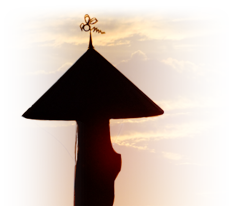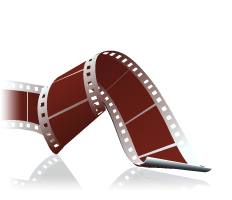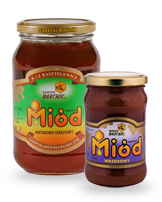|
Beehive of the Millennium Beekeeping Museum |
Breeding Lines

- car Dobra
- car Karpatka
- car Alfa
- car Beta
- car Vigor
Their most important characteristics are presented below.
CAR „DOBRA”.
Line derived from the local material of Polish Carniola bee
it was bred in the area of Dobra, Limanowa and Tymbark, preserved and subjected to the preliminary selection in the apiary of Jerzy Smotra from Tymbark
- it comes from 1994 in the apiary of the Beekeeping Farm 'Sadecki Barnik' and exists a preserved swarm run according to the program of Dr Andrzej Zawilski
it lives longer than Carniola bees, remains in winter cluster, later and more carefully starts brood. It demonstrate more intense dynamics of growth in a period of stable weather. Under favourable conditions makes honey from fruit trees and Dandelion
it is gentle and holding on to combs. It penetrates forage meticulously. It quickly localizes and makes use of honeydew forage. It overwinters quite well even on winter reserves with honeydew
"Dobra” is unusually immune to brood mycosis what is proved by the researches conducted in several scientific institutes. It is long-living. Sometimes, bees quietly replace their two-year and older queens. Problems are to be taken into account when introducing queens
„Dobra” is suitable for commercial and amateur apiaries, especially recommended in highland regions. The line was entred into breeding register
 |  |
CAR "ALFA”
this line possesses fixed and reproducible genetic characteristics as it is in the program from 1967
- it establishes large families. It is a line intended for large and extra large quantities of forage
- in periods of forage abundance a beehive becomes filled with honey very quickly, however in periods without forage it should its reserves should be controlled and bees sometimes even fed
bees from this line make use of all kinds of raw material, including honeydew
"Alfa” is a gentle bee with a low tendency to swarm, holding on to combs and well overwintering
its main characteristic is 'cross-perforating, the comb what enables horizontal moving of the overwintering cluster
bee families of this line tend to keep the nest clean
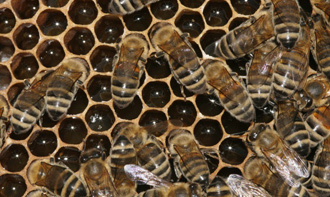 |  |
CAR „BETA”
line ran from 1962, possessing fixed and reproducible genetic characteristics
it establishes families of medium size and is recommended for average quantity of forage although is unusually productive
"Beta” arranges reserves on the both sides of the nest, in frames completely filled with honey. It is highly economical in using reserves and it often does not require additional feeding in the season
despite not very intense flights, daily increase in a beehive if bigger than in case of other bee families. Bees tend to limit their brooding queens in periods of large forage quantities
both lines "Alfa” and "Beta” overwinter well and very quickly buildup in population
CAR "KARPATKA”
- line was imported from Ukraine, it is characterized by all typical traits of Carniola race
- it overwinters well and quickly builds up in spring
it makes use of all kind of forage: from the earliest (spring forage) to late (honeydew forage)
it requires expanding the nest if it is to keep up the working mood
"Karpatka” is a long-lived, mild bee that holds on to the combs
it is perfect for interrace and interline crossbreed
it is entered into breeding registers
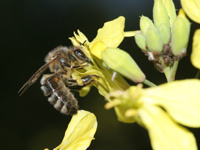 | 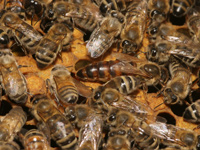 |  |
CARNICA „VIGOR”
it comes from Chech breeding of Mr. Cermak
the Breeding Apiary of 'Sadecki Bartnik' has exclusive right of breeding and distributing queens of this line in Poland starting from May 2003
carnica of this type is adapted to the climate and forage conditions of Pogorze
it demonstrates dynamic but late spring bulidup. It uses the earliest forages of willows, orchards, Dandelion, nectar and honeydew
it requires good overwintering conditions with reserves combined with honeydew
"Vigor” race bees are immune to diseases thanks to quick cleaning out of the infected brood cells
the race is not violent , mild and long living. It holds on to the combs
 |  |  |



